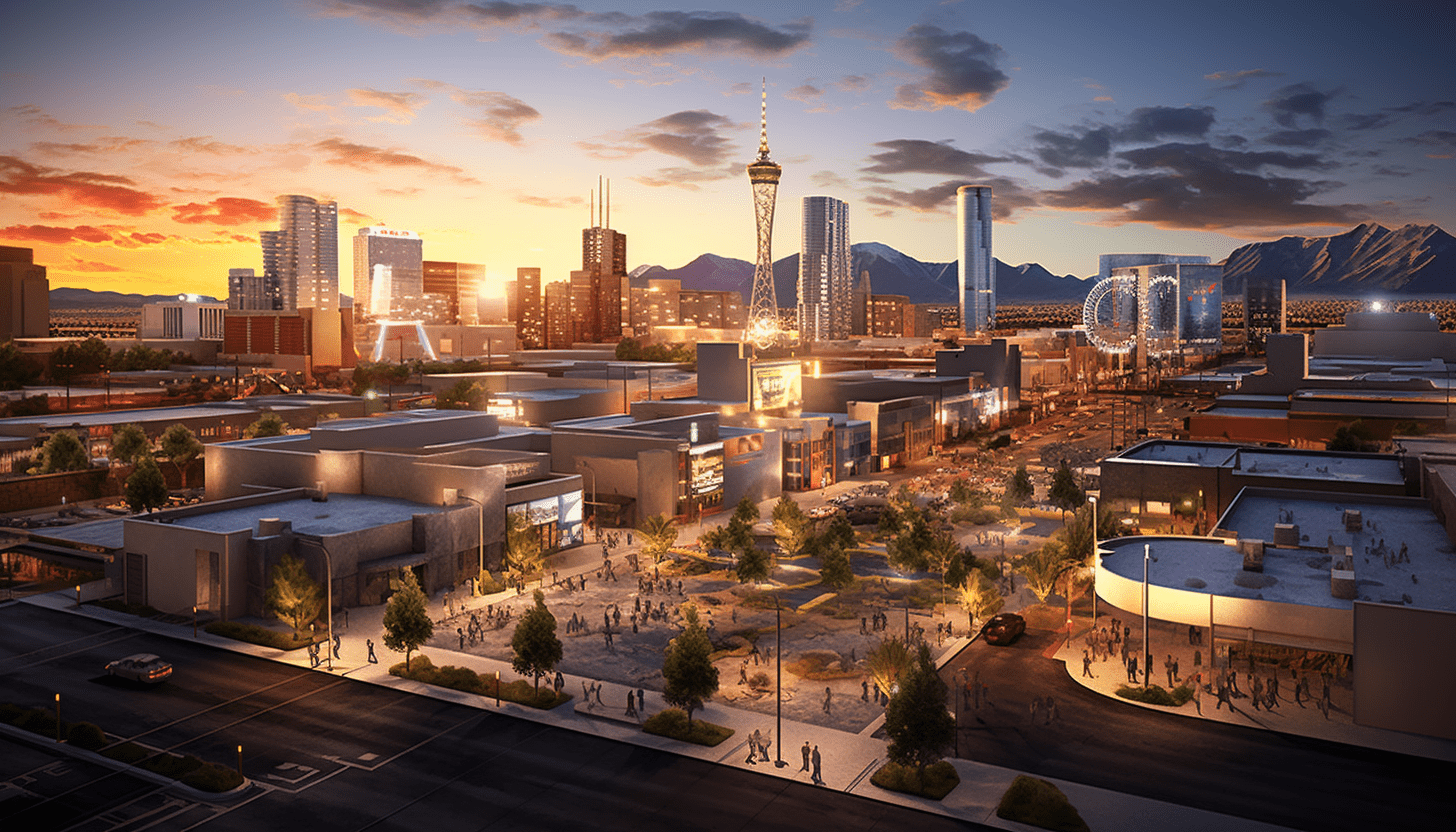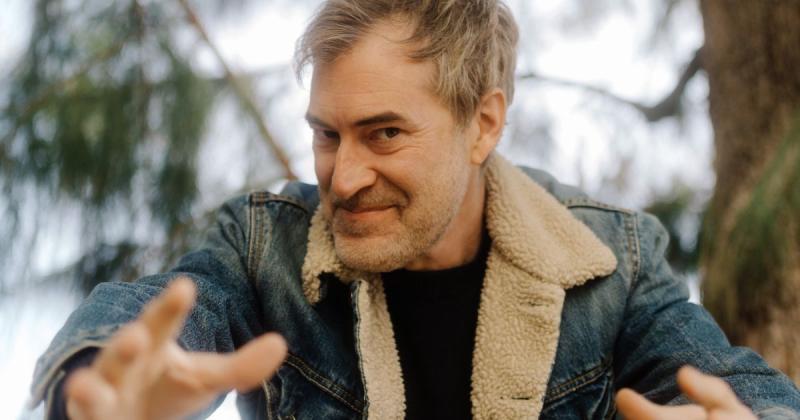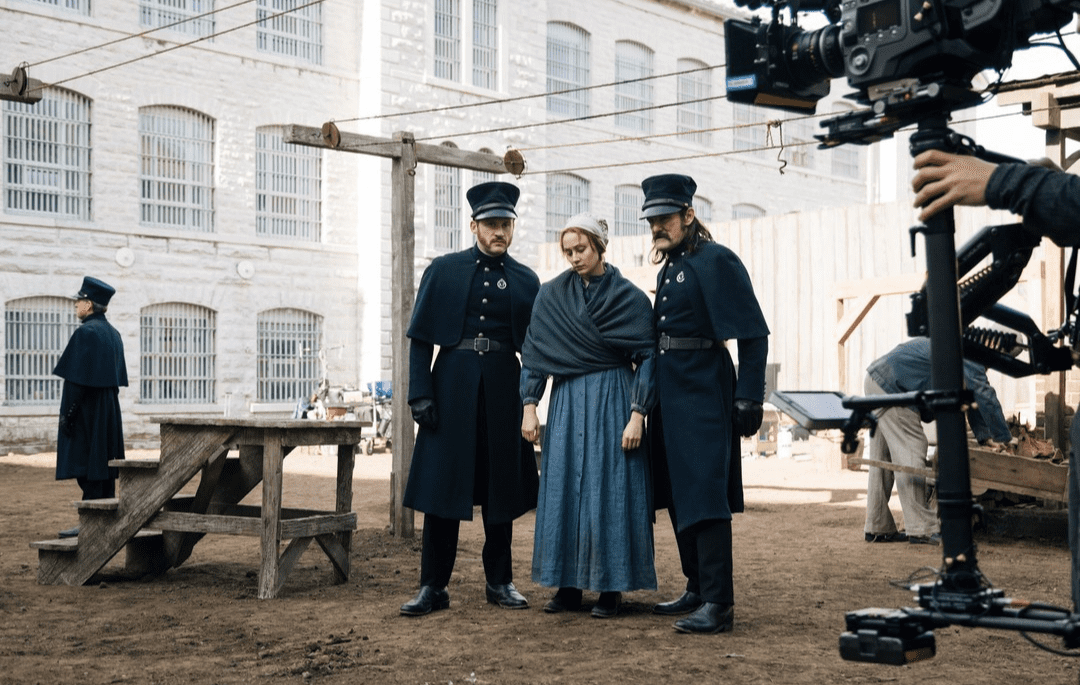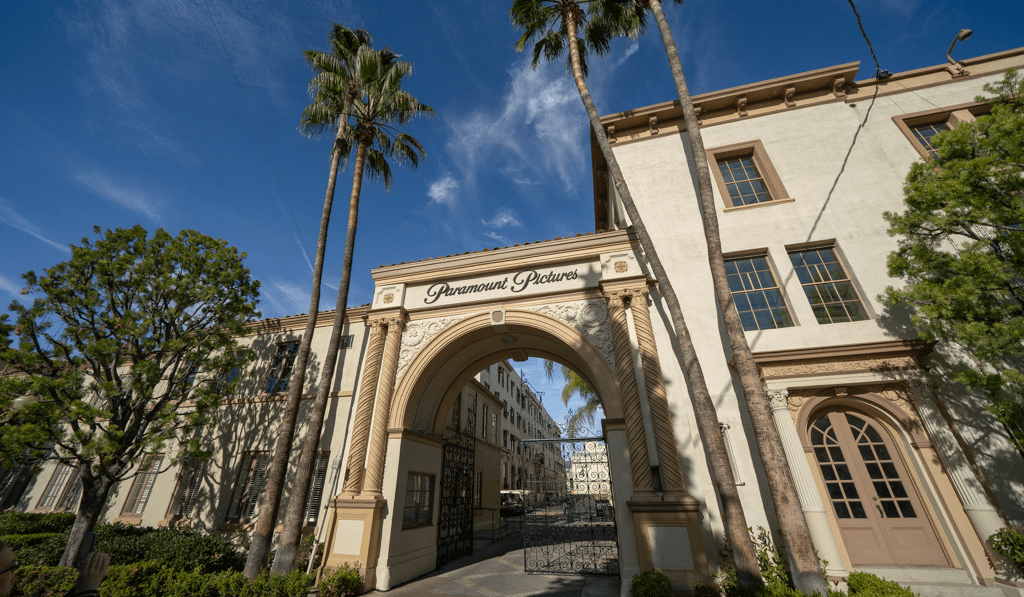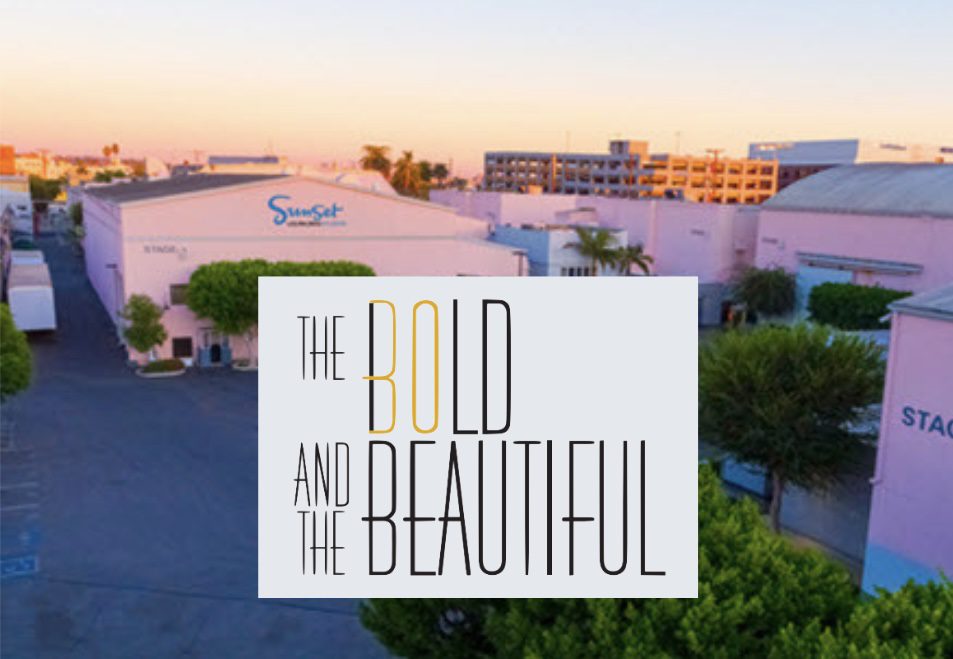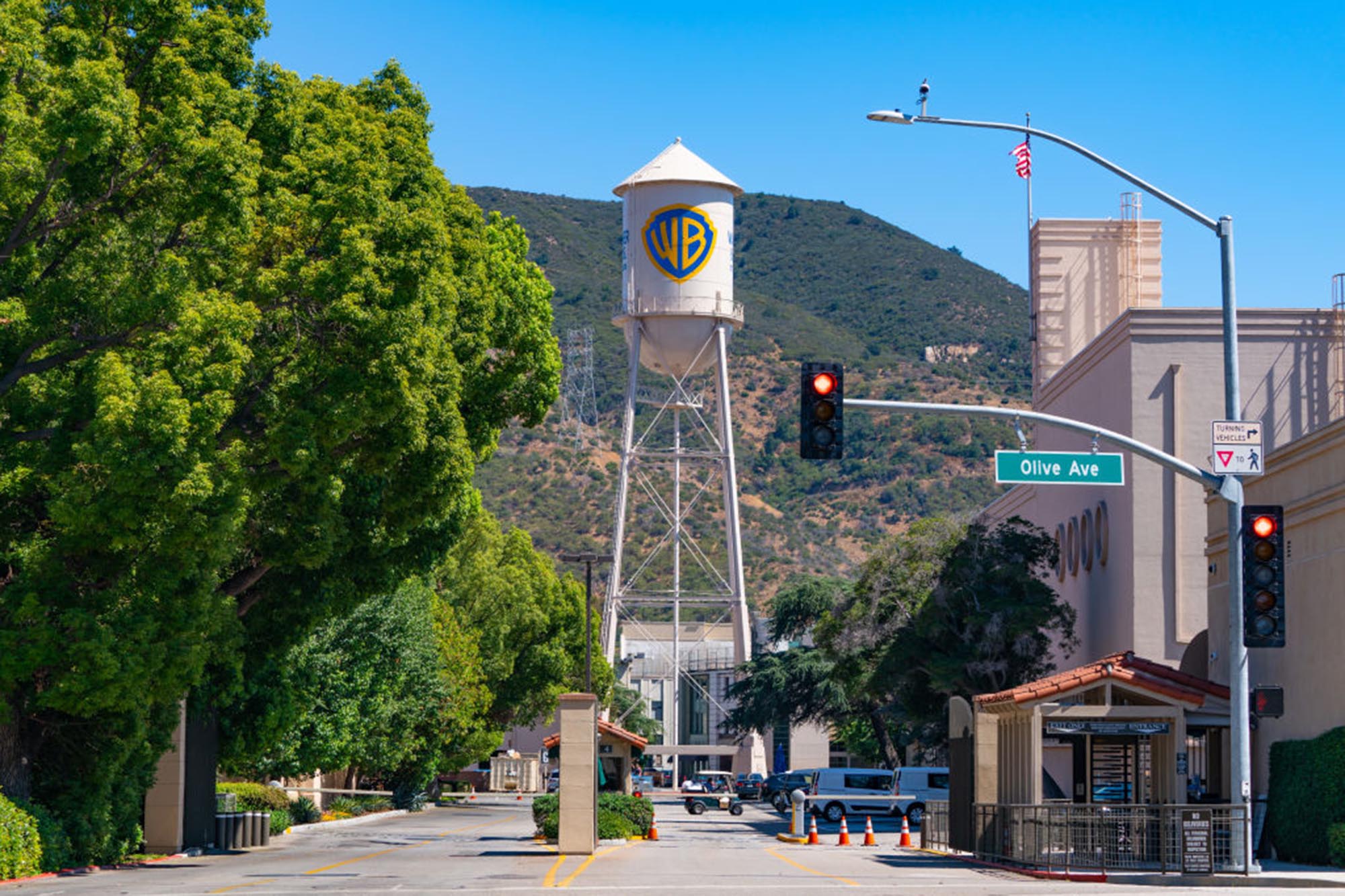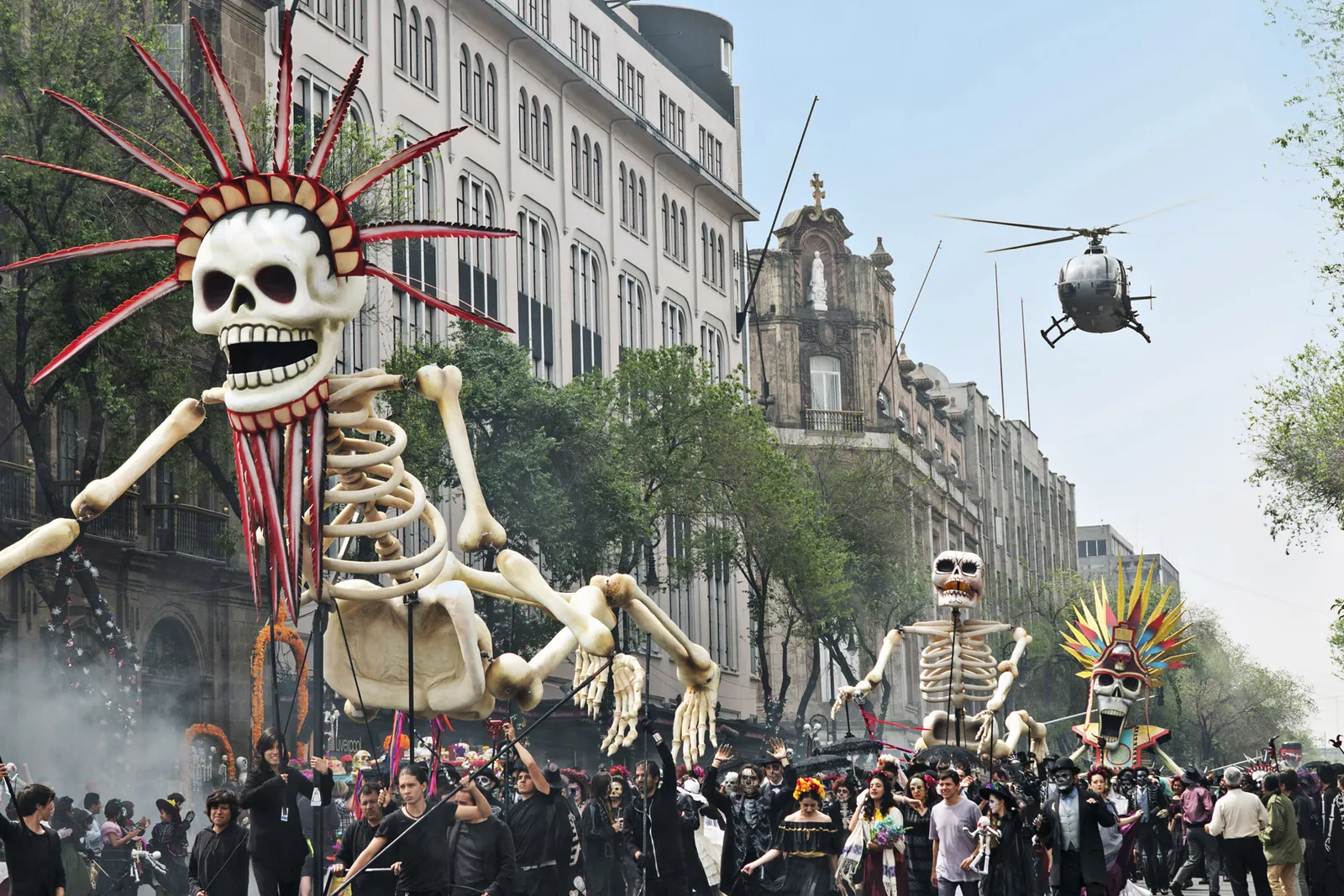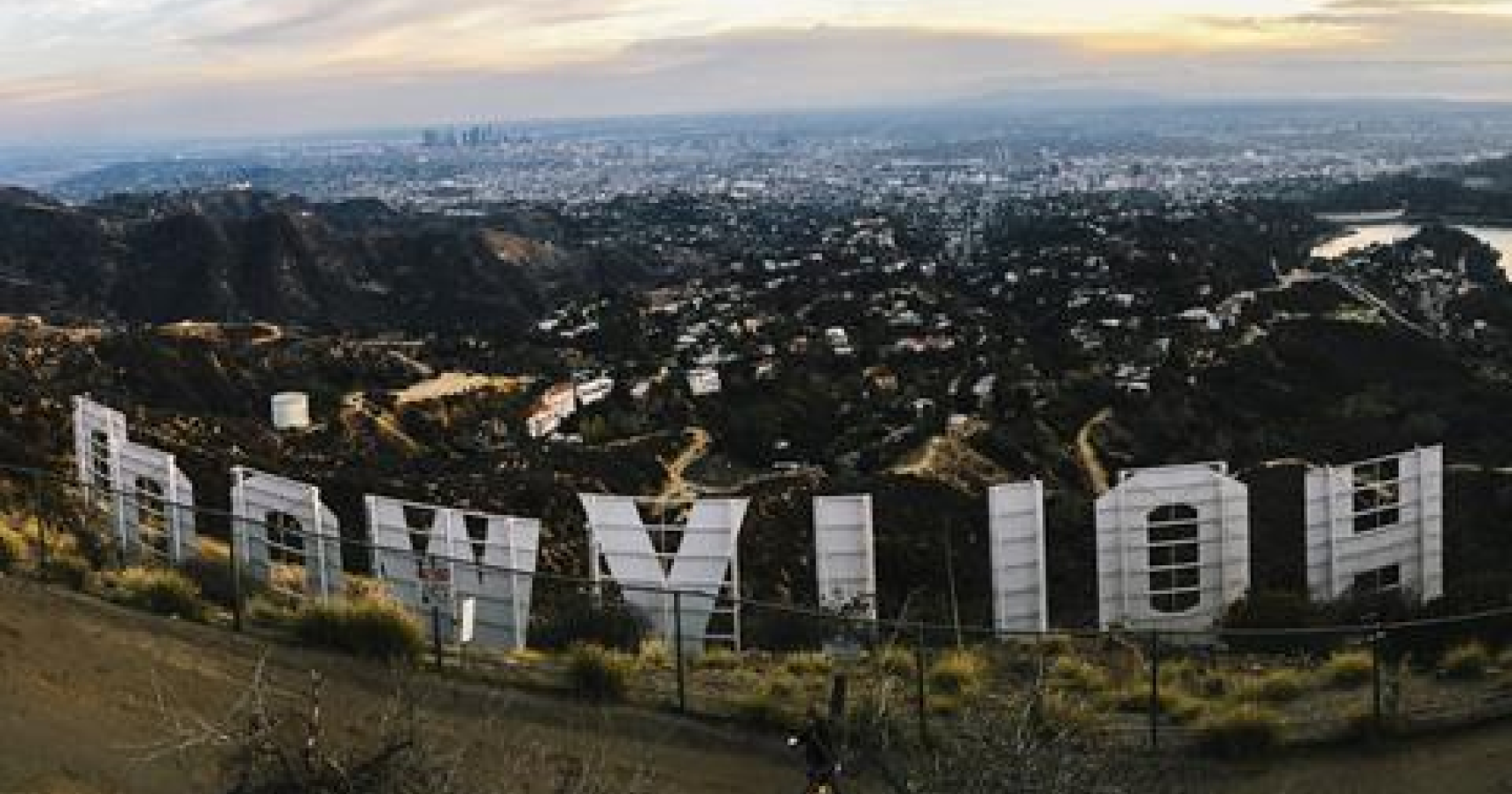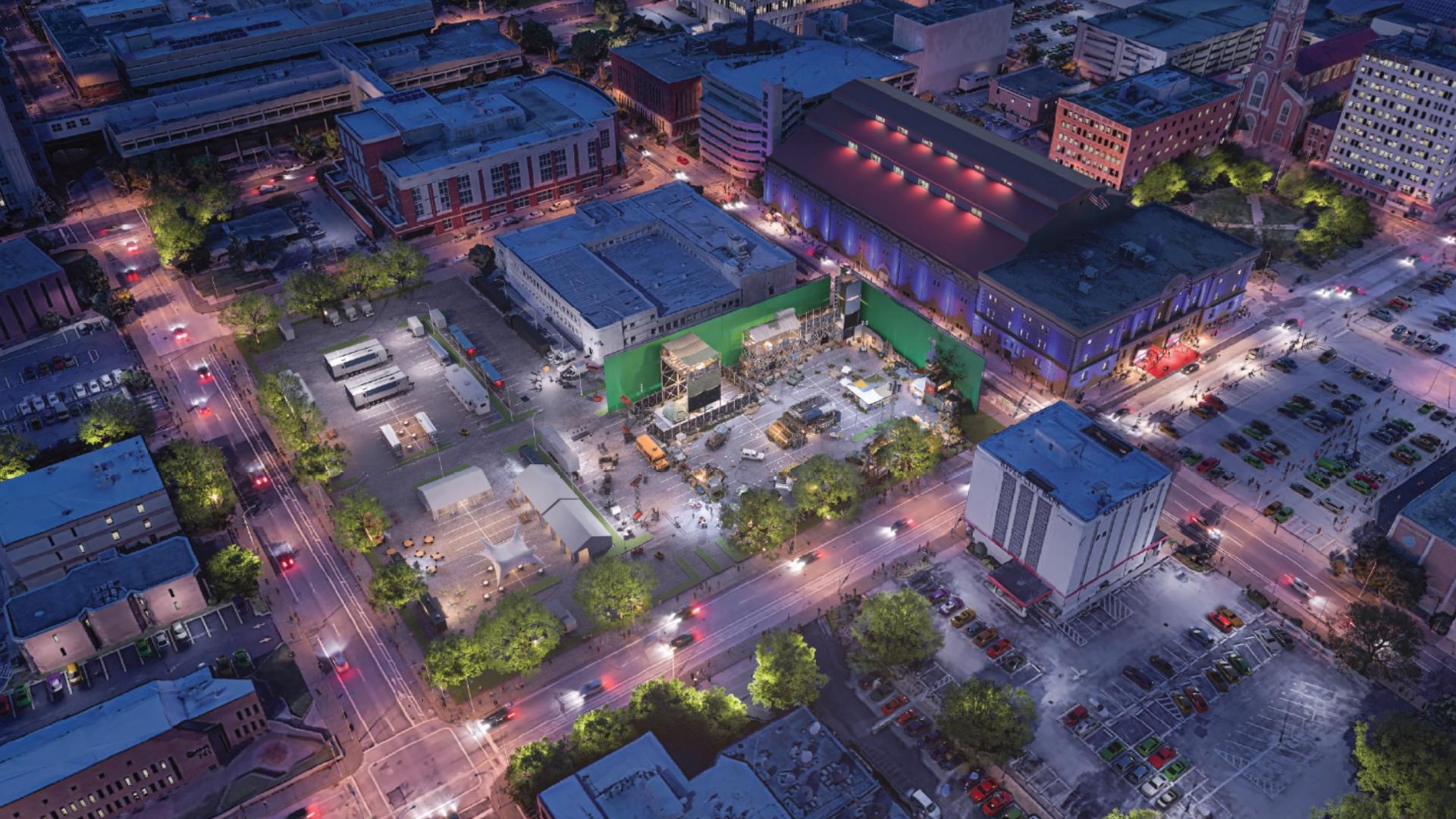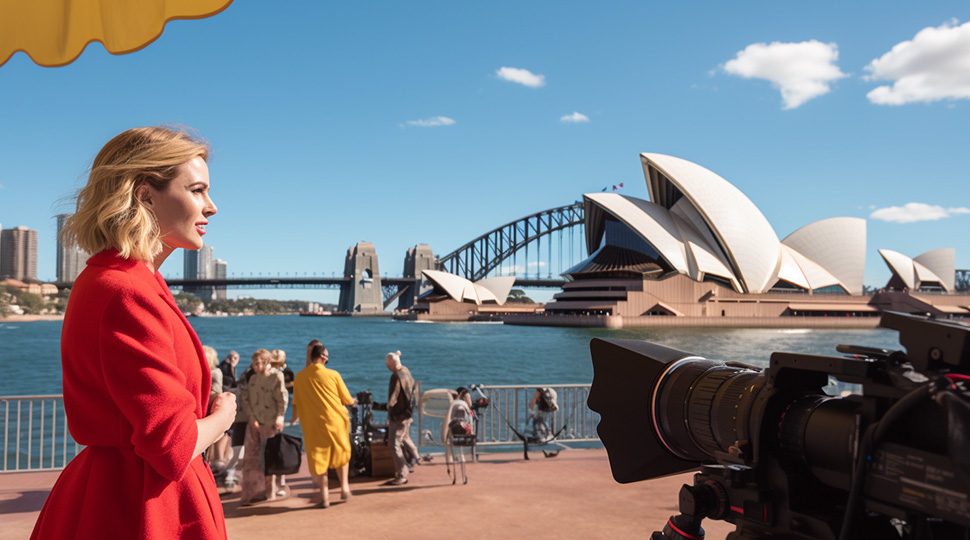When crowds gather to watch cars speed through retrofitted streets in Las Vegas Nov. 19, they’ll be looking at more than just the Formula 1 Heineken Silver Grand Prix. They’ll also be the audience — and extras — for Brad Pitt’s untitled racing movie from Apple Original Films and director Joseph Kosinski.
“The filmmakers looked at all the different Grand Prix [races] to see where it made sense for their story to play out and where they would film,” says a source close to the production. “They are absolutely embedded in the event as an 11th team. What makes it unique and special is the blending of a fictional team and drivers into the actual 2023 world championship.”
Though Pitt isn’t set to act here due to the SAG-AFTRA strike — he filmed at a U.K. Grand Prix shortly before the union’s action began — his star power is just the latest factor to help put Nevada on the fast track to filmmaking success.
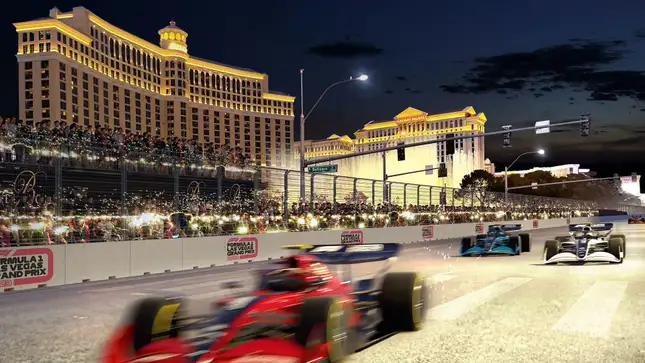
The largest potential soundstage in town — and the world — is the 360 feet tall, $2.3 billion Sphere at the Venetian, a gargantuan venue now hosting a U2 concert residency and Darren Aronofsky’s “Post-card From Earth,” a space doc presented on a curved 160,000-square-foot immersive LED display. Local MG Studio owner Michael Gaskell, who’s worked with the venue, says, “I’ve heard of them using that digital wall for someone to go inside and film a commercial, or what have you.” Perhaps an upcoming Super Bowl ad will reveal its possibilities as a production site.
Studios including Sony and actors like Mark Wahlberg and Jeremy Renner are trying to bring more film and TV projects to the state. “I moved to Nevada, where hopefully we’ll … get a bill passed so we can get tax credits for the state, build a state-of-the-art studio here and make this Hollywood 2.0,” Wahlberg said in October 2022 on “The Talk.” He recently filmed two projects in the state: the Lionsgate thriller “Flight Risk” and the Apple Original Films/Skydance Media action comedy “The Family Plan.”
This past spring, Sony Pictures Entertainment, Birtcher Development and the Howard Hughes Corp. joined forces to lobby for the bipartisan Nevada Film Studio Infrastructure Act, which would allocate $190 million annually in tax credits for 20 years. Legislation would also have the state help create the Las Vegas Media Campus Project, which includes many rentable stages and a training facility at the University of Nevada. There’s also a new multi-soundstage facility proposed in the Summerlin Production Studios Project. Developers would need to spend at least $700 million on the campus project and at least $400 million on the Summerlin, Nev., studio by 2030.
“Working with the Howard Hughes Corp. and Birtcher Development, and pending the passage of legislation guaranteeing a competitive Nevada production incentive, SPE is prepared to commit up to $1 billion in production spend in Southern Nevada over the next 10 years,” a Sony spokesperson said in a statement at the time.
After some two years of planning, the bill was introduced this May, but one reason it failed to come to a vote was the limited time for debate before the end of the legislative session June 5. People familiar with the process tell Variety that its failure to incorporate infrastructure development in northern Nevada was another strike against it, an omission highlighted when Renner — who reportedly found out about the bill after it was introduced — lobbied lawmakers for additional infrastructure up north near his home.
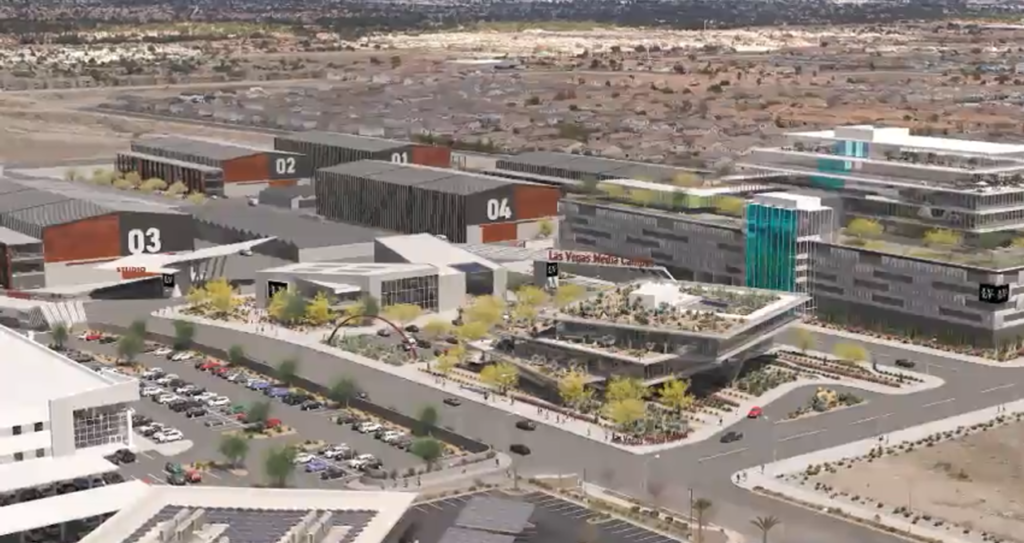
Proposed film studio to be built in Summerlin, Nevada
There were also concerns that the requirement for Nevada resident crew members was too low. One sponsor, Sen. Roberta Lange (D-Las Vegas), said an amendment could potentially include a study on the economic impact of new legislation in northern Nevada. And several sources tell Variety that the bill or similar legislation has a much better chance of passing when the next session happens in 2025.
Nevada’s current film tax incentive program offers a 15% credit on local vendors and crew, a 12% credit for non-state above-the-line costs, a 5% resident bonus for projects that have more than 50% residents based on total workdays (excluding extras) and a 5% rural county bonus for projects with more than 50% of their filming days outside of Las Vegas’ Clark County. There’s a $500,000 minimum qualified spend and a 60% minimum budget spend in Nevada per project. Caps are $750,000 per individual, 10% of qualified costs on all Nevada resident producers and 5% of qualified costs on all non-Nevada resident producers. There is now $46 million available for new productions, and $10 million in annual funding per fiscal year.
While its credits may not be the most competitive, Nevada has many other virtues beyond Sin City’s quick four-hour drive from Los Angeles, starting with its impressive array of LED stages. Vū Technologies opened Vū Las Vegas in February 2022. Its biggest draw is its 130 X 20 ft. volume stage which uses LED screens plus an LED floor and dome ceiling with a tracking camera that creates immersive visual effects.
“We have a lot of commercial work because of the conventions, but we’ve gotten more into feature films and other spillover from California over the last year and a half operating there,” says Vū Technologies CEO Tim Moore. That includes RLJE Films’ 2023 action thriller “Sympathy for the Devil,” with Nicolas Cage and Joel Kinnaman.
“It was mainly shot in a vehicle for about 12 days on the LED volume [stage],” Moore says. “I think the primary thought process [for shooting here] was that Nicolas Cage lives in Las Vegas. They were on the fence until the director saw the stage. When they ran the numbers, the cost to keep Cage there and shoot [around] 50% of the script in 12 days was kind of unheard of. That was what made keeping it in Nevada make financial sense.
“A lot of production slowed down during the strike, but our Vegas studio is the busiest it’s ever been,” he adds. “We’re getting a lot of calls from big studios, the Disneys and the Paramounts, due to the rubber band effect of all of these films that haven’t been shot. They’re going to be overlapping their feature work with their TV work, and there just aren’t enough [stages] out there.”Another 18,000 square feet of technology, support space and shooting areas have recently been added inside the 40,000-square-foot facility.“There are a very limited number of places in the U.S. that are configured to do XR in-camera effects production, and this is one of them,” says Creative Technology Las Vegas VP of digital production Reed Erickson. Opened in late 2020, it features a 60 foot X 50 foot stage with a large, curved LED wall, floor and ceiling that can be used as a volume stage, creating 3D and mixed reality workflows when combined with its tracking cameras and in-camera VFX. Though it has mainly been used for live corporate events, Erickson says they’re open to film and TV productions as well.
The nearby Worre Studios is a 25,000-square-foot facility with a 360-degree interactive LED screen system, including two 73 X 14 foot and two 24 X 14 foot, LED curved video walls that encircle most of its large round stage. It’s been used for live product launches, interactive events, concerts, conventions, corporate events and other shows. And you don’t have to be a gamer to enjoy the HyperX Arena, a 30,000- square-foot multilevel space in the Luxor Hotel & Casino. Its studio has a 65-foot by 14- foot stage, backed by a 50-foot LED wall that’s been used on features like “The Family Plan.” Head of technology Andrew Wagnitz calls it “a full turnkey service production studio [with] multiple control rooms that can produce live or live-to-tape commercials.”

Worre Studios, Las Vegas

